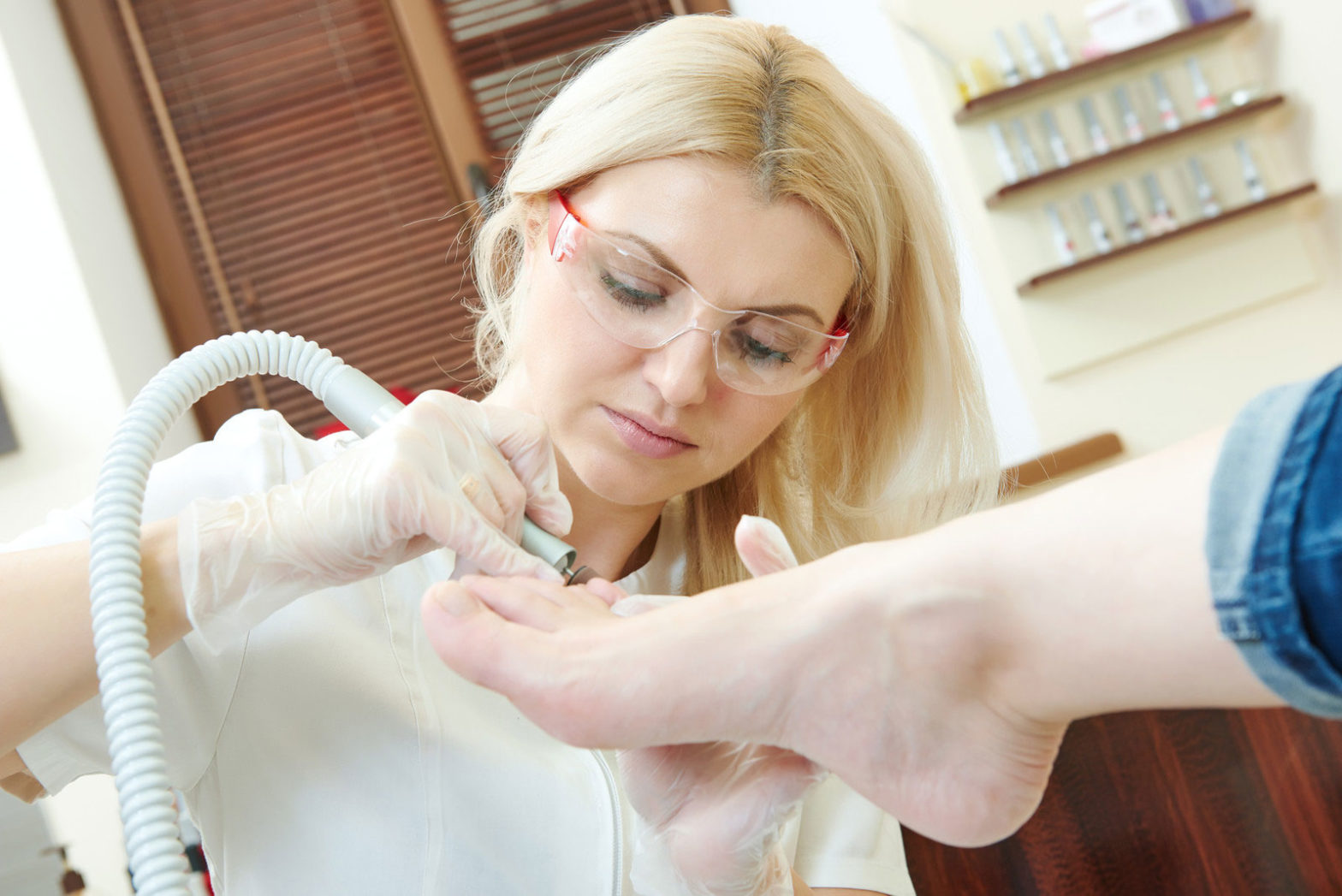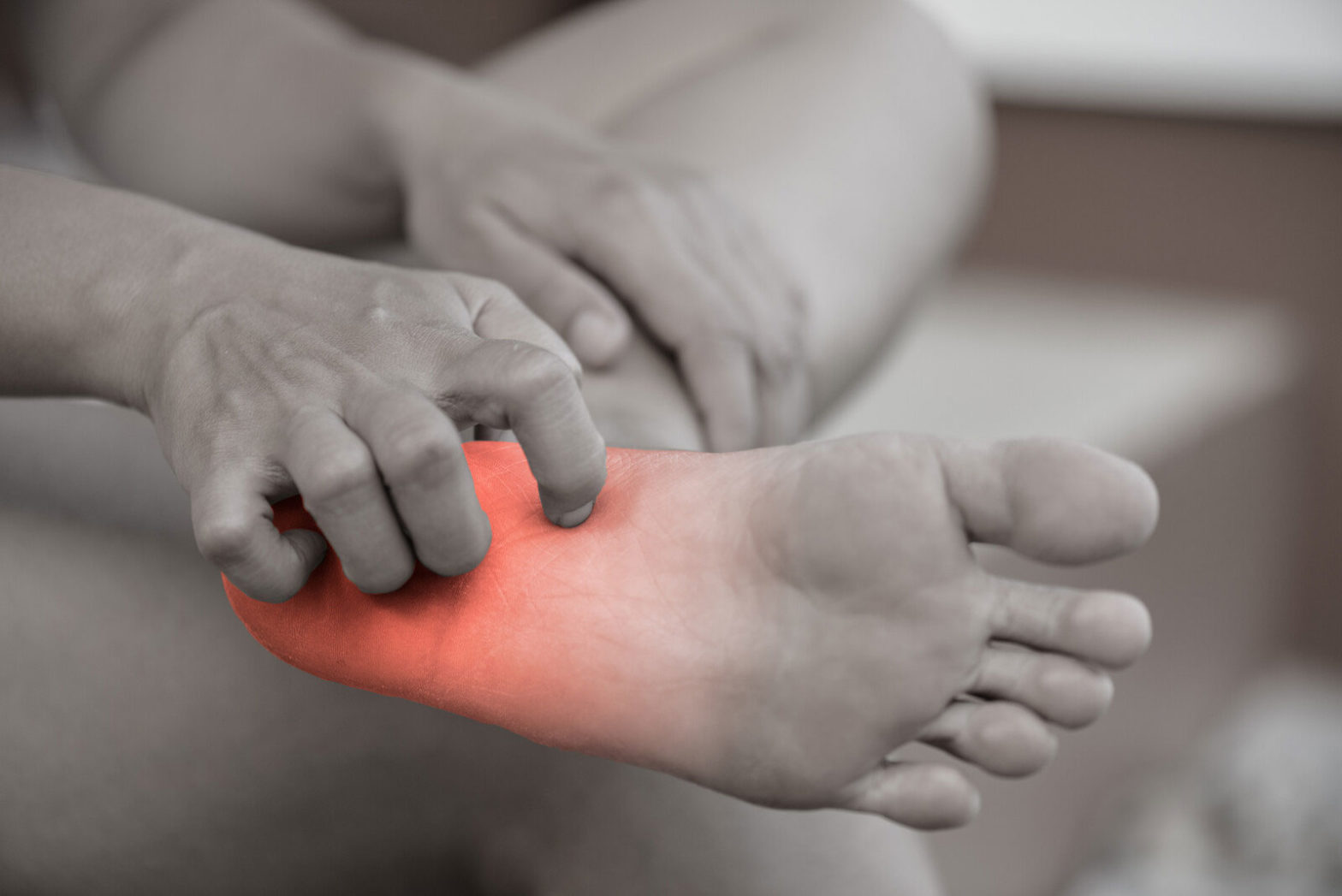Proper wound care is crucial to speed up the healing process and prevent any infection or complications. Impaired or delayed healing of the wound in chronic diseases as well as after surgical procedures poses serious threat to patients and puts them at the risk of infection, amputation and death. Along with providing wound treatment, podiatrists also prescribe wound care supplies for patients. Electronic wound care programs help to streamline the wound-care prescription process for podiatry practices and thus enhance patient care and satisfaction.
According to the market report from Reports and Data, the Advanced Wound Care Market is predicted to grow from USD 10.34 billion in 2018 to USD 14.89 billion by 2026, at a CAGR of 4.5% during the forecast period.
Key factors that boost this market growth are –
- Increasing incidence of diabetes
- Increasing geriatric population
- Increasing wound ulcer prevalence
- Advancing technology in advanced wound care products
- Increased funding for wound care research
- Rise in awareness programs on wound management
- Rising geriatric population base at high risk of chronic wounds
The report also predicts that the existing and rising cost burden of chronic wounds will drive investment in advanced wound care technology and this will have a significant positive impact on the growth of the industry. However, high costs of advanced wound care products will hinder industry growth in the future.
The report has segmented the market on the basis of product type, wound type, end user and regional analysis. Wound care product type includes moist wound dressings (foam, hydrocolloid, film, alginate, hydrogel, collagen), wound therapy devices (pressure relief devices, negative pressure wound therapy systems, hyperbaric oxygen equipment, electrical stimulation devices, other wound therapy devices), active wound care (artificial skin and substitutes, autografts, topical agents).
Wound type includes surgical wounds, ulcers (pressure ulcers, diabetic foot ulcers, and venous ulcers), burns, traumatic wounds and other wounds. End users of this market are hospitals and clinics, home care settings and others. Region wise, the market is divided into North America (US), Europe (France, UK), Asia Pacific (China, India, Japan), Latin America (Brazil), the Middle East & Africa.
The major players in the market are Smith & Nephew (UK), Mölnlycke Health Care (Sweden), B. Braun (Germany), ConvaTec Group (UK), Coloplast (Denmark), Integra LifeSciences (US), 3M (US), Cardinal Health (US), Acelity L.P. (US), Medtronic (Ireland), Paul HARTMANN (Germany), Medline Industries (US), Advanced Medical Solutions Group (UK), BSN medical GmbH (Germany), MiMedx Group, Inc. (UK) and others.





